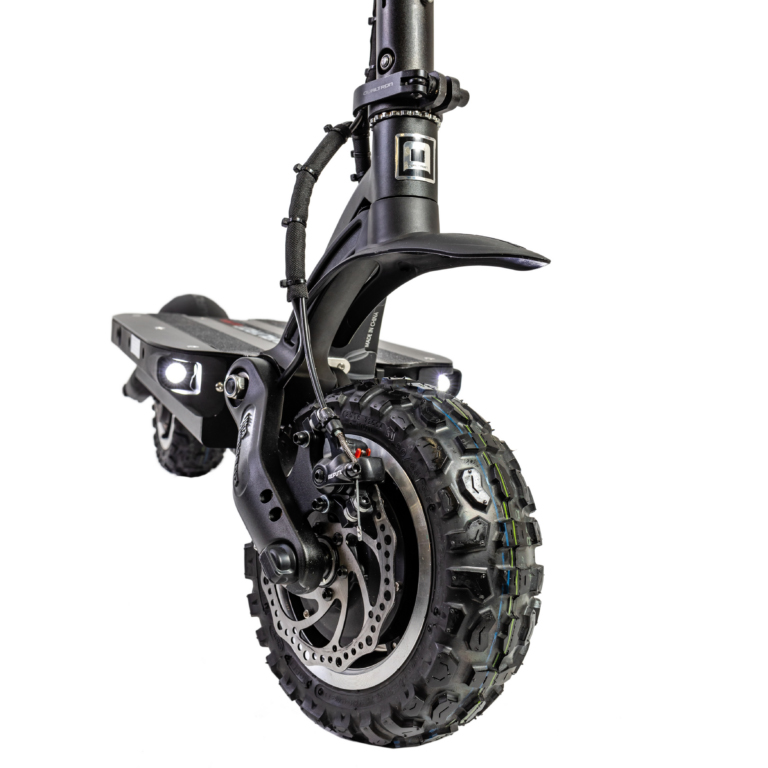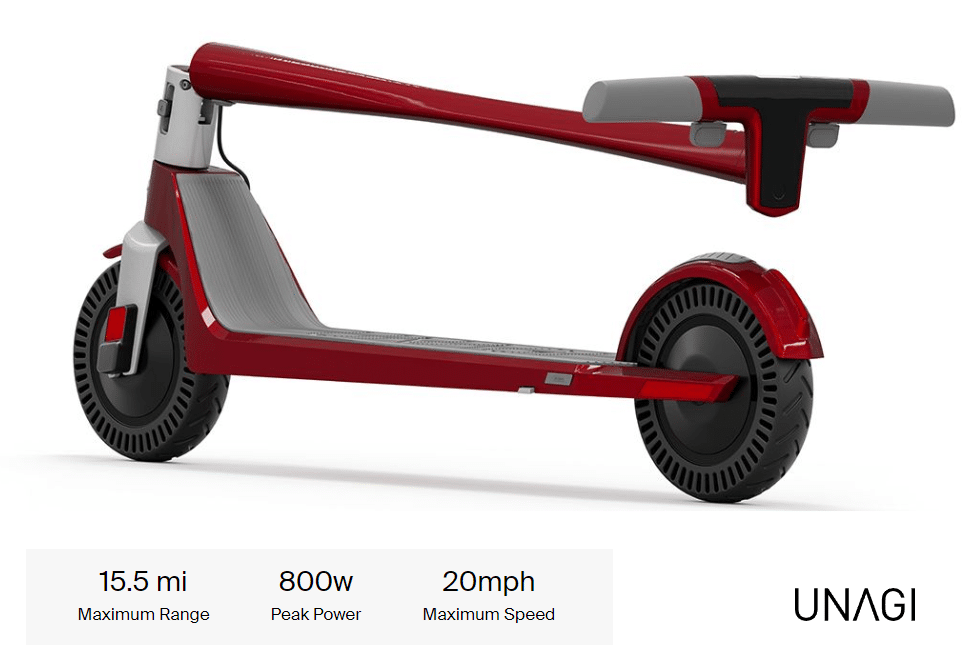Table of Contents
Like all other means of transport and commuting, electric scooters also need tenderness, love, and care.
With social distance now the norm of our everyday lives, catching crowded buses and trains to work, school, and gatherings are no longer feasible.
Research shows that e-scooters have gained massive popularity over the past few years as users find them more convenient for moving around while at the same time observing Covid-19 protocols.
Although commuting with these devices can be fun, essential servicing is required for prolonged performance and longevity.
If you have or want to purchase an e-scooter, this article will take you through electric scooter maintenance best practices. Let’s dive straight in!
How to Maintain an Electric Scooter
For your scooter service to run smoothly, you will need some tools, especially if you choose to do it yourself. Some of the most important ones include a set of Allen wrenches (metric), a collection of wrenches, a Phillips head, and flat head screwdriver, lubricant, and some rags.
Now that you’re fully equipped let’s check on a scooter’s moving parts that experience excessive wear.

Tyres Maintenance
Did you know that tire pressure affects your bikes’ range, performance, and handling? However, the most important thing about having the correct tyre pressure on your scooter is to prevent flats.
If your tyres are low, you’re more likely to get pinched flats as the rim tends to squeeze through the tire’s air and pinch the tube between the rim and the tire. Luckily, you can easily avoid it by following the manufacturer’s recommended pressure.
Now, we always recommend following the manufacturer’s recommended pressures, which will be in the owner’s manual. Still, sometimes, there’s a slight difference between the recommended pressure and the maximum pressure printed on the side of the tire.
Keep in mind that higher tire pressure will result in a minor contact patch between the tire and the road, resulting in a slight reduction in overall traction.
Having correctly set tire pressure will give you improved flat resistance, better handling, and more range out of your scooter. Check the tyres every week because it’s just the most important and least expensive thing you can do to keep your scooter in its best shape.
Battery Maintenance
Looking after your battery pack is one of the essential secrets to getting the most out of your e-scooter. If you’re at the point where your electric scooter cannot hold a lasting charge, it could mean your battery’s life is nearing its end. Luckily, there are plenty of battery service tips to help you enjoy a longer scooter lifespan.
Many electric scooters come with lithium-ion batteries, so we’ll focus on this category in the following section.
Below are tips to help you maximize the battery life of your scooter:
Avoid depleting your e-scooter battery charge fully
Note that electric scooter batteries are different from those in our phones. In the sense that using it fully then charging it up afterwards could harm its lifespan and performance.
The solution? Always charge your battery at every opportunity you get. Even so, you might want to fully discharge it every five to ten charges to keep the cells as healthy as possible.
Only use the correct e-scooter chargers
Electric scooter batteries come in all shapes and sizes. Unfortunately, there’s no one-size-fits-all when it comes to chargers.
Each e-scooter battery will only be fully compatible with its recognized charger or a third-party charger made for it. Anything contrary to this could be harmful to your battery.
Let it cool down before charging
Sure, it’s best to charge your e-scooter promptly, but don’t forget to give the battery some time to cool down first. As a general rule of thumb, we recommend leaving it to cool for about 15 minutes before charging if you’ve ridden it beforehand.
Trust the charge, not the scooter
When charging your electric scooter battery, always go off when the charger indicates that it’s full, not the display on the scooter itself.
Brakes Maintenance
The braking system is one of the core safety features in electric scooters that need regular checking and maintenance. There are several different types of brakes in the market at the moment. For this, we highly recommend that you look at your scooter user manual to see the kind you have and the manufacturer’s recommendation for maintenance.
Let’s start with foot brakes. If it’s broken or starts getting loose, get it fixed before using your scooter. Besides, it’s also a good idea to keep the fender’s underside clean to make sure you have the most foot brake power possible.
When it comes to disc brakes, keep an eye on the brake pads as they need replacing occasionally. If you notice the cable disc brakes aren’t as reactive as they once were, they may need to be adjusted by tightening the cable.
To clean your disc, we recommend using a disc brake cleaner. But for the rest of the scooter, a moist rug will do to keep your scooter clean.

Importance of Electric Scooter Maintenance
You’re probably wondering if scooters are worth the hassle of maintaining them. Well, other than being cost-effective in the long run, keeping e-scooters well-maintained comes with additional advantages.
- If caught early, repair costs are minimal to none
- Rare professional help is needed for some repairs and replacements
- Good maintenance helps to reduce fatal hazards
- Riding a well-maintained scooter is an experience of a lifetime
- You get to familiarize yourself more with your electric vehicle
Common Electric Scooter Problems
As with any machine, if you’re familiar with your electric scooter, it’ll be easy to notice or handle problems that may arise from your scooter as soon as they appear. In this section, we describe six common issues you may face as a scooter owner:
Scooter plugged in but not charging
This will likely happen if your scooter’s battery charger is faulty. The possible solution is to get a replacement if you can prove that’s the case.
The engine gets excessively hot
When the scooter is in use, the engine tends to get hot. However, if the heat is excessively high, you’re likely dealing with controller, wiring, or fuse issues. Get to the bottom of it and fix the problem as soon as possible to avoid damaging the engine or the battery.
Component failure
The speed controller, battery, brakes, and suspensions often break down and cause issues. When this happens, consult the experts for repairs to prevent future damages.
Weak acceleration
If your electric scooter doesn’t accelerate as it should when you give it power, the wheels might be flat. Also, it could be an issue with the batteries suffering electrical faults. For extensive damages, seek your manufacturers’ assistance.
Punctured tyres
Like a car or motorcycle, your scooter’s tyres can get punctured by sharp objects if they are pneumatic. Luckily, this is an easy fix as you can quickly inflate the inner tube at home using a bicycle’s air pressure pump.
Less range than expected
If your scooter’s battery is old and used, you’ll likely get an unsatisfactory range. Replace the battery if this persists, even when riding on flat surfaces.

Conclusion
Servicing your electric scooter regularly is the single most crucial process to partake in to extend its lifespan and enhance performance. This helps you catch any issues and fix them on time to prevent costly repairs down the line.
Electric Scooter Maintenance FAQs
Still, have a few unanswered questions and concerns regarding scooter maintenance? Be sure to check out this section, where we cover some of the common questions readers ask us. If you have more, let us know, and we’ll add them below.
Do electric scooters need to be maintained?
Absolutely! Like any other vehicle, an e-scooter needs to be checked regularly to replace moving parts beyond repair.
Also, regular maintenance guarantees safe operation and boosted performance, including having solid tyres, the correct pressure, and a fully charged battery.
How do I lubricate my electric scooter?
A spray lubricant will work fine. Avoid using lubricants such as wd-40 or anything similar on the discs, as it’ll work its way into the brake pads and massively reduce their effectiveness.
How often should you service your electric scooter?
As with a car, electric bikes or motorcycles, electric scooters must be maintained regularly. The recommended maintenance cycle should be every four months, depending on how often you use your scooter.

Nely Hayes
BIO:
Nely is an adrenaline junkie and one of her life goals is to sky dive, but until that day she gets her kicks from testing fast electric scooters. Part time scooter fanatic & part time SEO analyst. Nely’s favourite scooter is the Dualtron X.

 Free Shipping
Free Shipping Service included
Service included Theft Insurance included
Theft Insurance included No BS
No BS